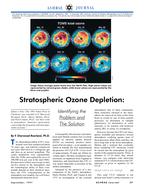The sustainable urbanism initiative net-zero energy building (NZEB) in Toronto is simulated in TRNSYS 16. The incorporation of phase-change material (PCM) with Type 204 into the building envelope is modeled. Simulations are conducted for the summer and winter months to determine the potential reductions in the annual energy demand. Also, simulations are run for the entire year to investigate energy-saving potential. Sensitivity analysis is conducted for thermal conductivity and melting range of PCM. The best melting range and thermal conductivity for a typical PCM with fixed indoor convective heat-transfer coefficients are sought. To do this, other physical and thermal specifications of PCM are fixed. All simulations consider the Toronto-716240 weather condition. Simulation findings revealed that the total energy demand of the NZEB decreased up to 35% with PCM. Also, it is shown that the best melting start and end point of the PCM is 22°C (71.6°F) and 23°C (73.4°F) in the Toronto weather condition with setpoints of 21°C (70°F) for heating and 24°C (75°F) for cooling.
Citation: ASHRAE Transactions, Volume 119, Part 1, Dallas, TX.
Product Details
- Published:
- 2013
- Number of Pages:
- 8
- File Size:
- 1 file , 2.6 MB
- Product Code(s):
- D-DA-13-002

